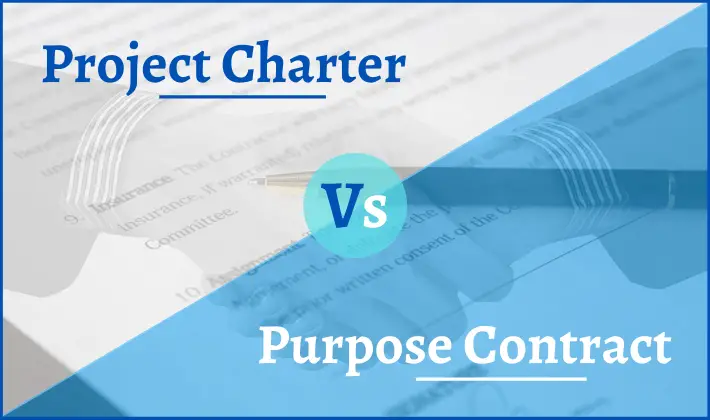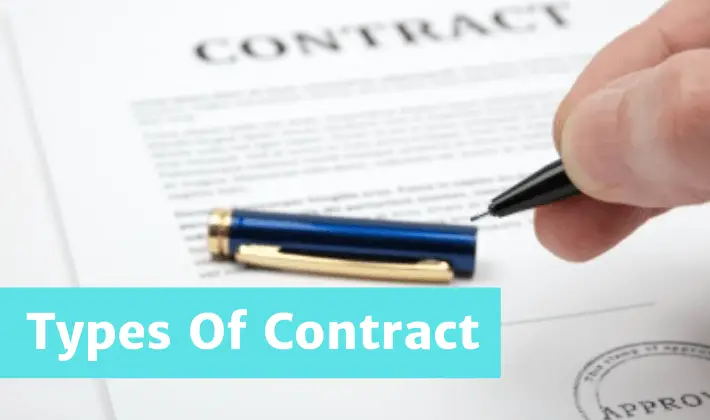Lead and Lag Demystified
There are many terms that perturb project management professionals. Lead and Lag are two such terms. I interact with many professionals on a regular basis. I often find that many of them are not fully aware of meaning of these terms. Even though they know the correct definitions of these terms, they use the terms incorrectly during conversations. I have also noticed that, these professionals do not have a clue about the application of Leads and Lags for the preparation project schedules.
I have already written an article to define Lead and Lag. In that article, I described the terms through explanatory diagrams and examples. I also explained how Leads and Lags can be used to modify basic Project Relationships.
This article extends my previous article. I have written this article to answer Frequently Asked Questions (FAQ) on Lead and Lag. While I have repeated the definitions of these terms in this article, it would be beneficial to read my previous article before reading this article. I think these two articles will overcome all the confusions that you might have regarding Lead and Lag.
Definitions
Lead
The amount of time whereby a successor activity can be advanced with respect to a predecessor activity.
PMBOK Guide
A Lead provides acceleration to the Successor Activity.
Lag
The amount of time whereby a successor activity is required to be delayed with respect to a predecessor activity.
PMBOK Guide
A Lag provides mandatory delay to the Successor Activity.
You can also look at Max Wideman’s Glossary for some other definitions of Lead & Lag.
Frequently Asked Questions
– Float depicts the flexibility in a Network Path. Float(s) come naturally after Project Dependencies are defined and Project Network Diagram is prepared. The Project Team can use Float(s) for optimizing the schedule.
– Lag is mandatory delay in the Project Schedule. The successor activity is required to wait for the duration of Lag.
– Lag is introduced only when a mandatory delay is required. Introduction of Lag does not impact the Resource or Cost requirements of an activity.
– Any Project Dependencies can be defined by using Finish to Start(FS) relationship with appropriate Lead or Lag.
– Logical Relationships are inherent to the Network Logic. The sequence of activities should be defined as it should be.
– Let us consider 2 activities – A and B. A has a duration of 3 days while B has a duration of 1 day. Mathematically, the logical relationships, B(S) = A(F) – 3d and B(S) = A(S) will produce the same result. But technically & physically the Logical relationship between A and B should be either FS or SS.
– Logical relationships are not mathematical in nature. They define the project schedule.
Over To You
Have you used leads and lags in your project? How have you been using them? Do you think you can make a schedule without using them?
Please leave a comment below.
Related Articles
0 & 1 Method Of Network Analysis
PMP Exam Formulas
I have also compiled a PMP Formulas Cheat Sheet. It contains 45 formulas and 57 abbrviations. It will help you in your exam prep. It is the best and most comprehensive cheat sheet based on the PMBOK Guide 6th edition. You can download it free of cost for your studies.
If you are looking beyond a cheat sheet, then I would suggest you to buy detailed PMP Exam Formula Study Guide by Cornelius Fichtner. It contains detailed explanations of all the formulas along with examples and 105 practice questions.
Disclosure: This article contains affiliate links - it means that, if you buy from any of these links, then I will receive a small commission that would help me in maintaining this blog for free. However, for you, there is no extra cost. I recommend only those products that I believe will definitely help the certification aspirants.







Hi again, Praveen,
While your answer is correct, there is an easier way to explain it….
You have two activities, A (predecessor) and B (successor)
You can then say that either the start or finish of A LEADS the start or finish of B by a predetermined amount of time
OR
You ca say that either the start or finish of B LAGS behind the start or finish of A by a predetermined amount of time.
Thus what determines whether that predetermined amount of time is a LEAD or LAG depends on whether the perspective is looking at it from the Predecessor or Successor point of view.
Hope this helps clarify in peoples minds what the differences are?
BR,
Dr. PDG, Jakarta, Indonesia
http://www.build-project-management-competency.com
Thanks Dr. Paul. Your definitions are certainly simpler to understand.
Great explanation, uncomplicated and comprehensive. Thanks